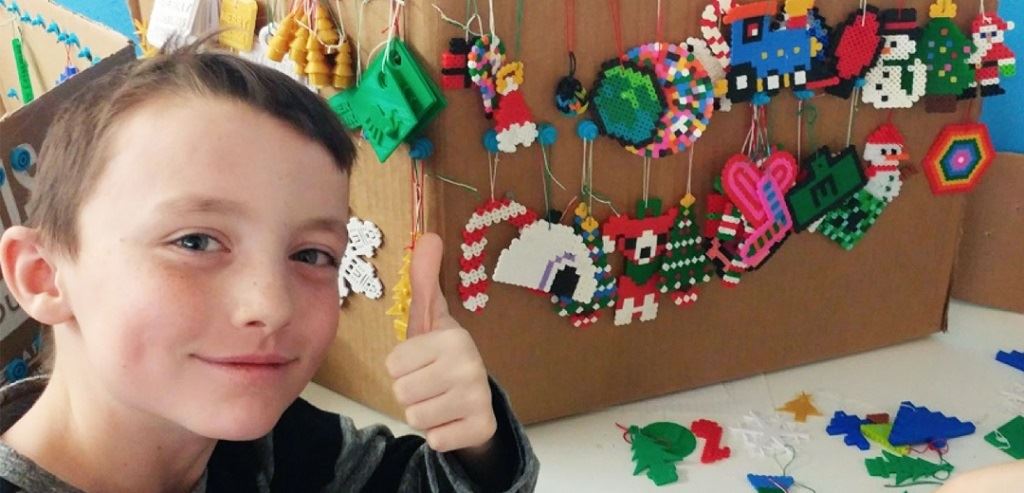![[Image: GE Additive]](https://fabbaloo.com/wp-content/uploads/2020/05/GEAdditiveEducationProgram-4March2019_img_5eb09b96f1647.jpg)
GE Additive has opened applications for primary and secondary schools in its Additive Education Program.
The program has already awarded hundreds of 3D printers to broaden access to the technology. More than 600 primary and secondary schools were awarded 3D printing packages in 2018. In total through the program so far, donations add up to 1,400 3D printers sent to 1,000 schools in 30 countries, impacting more than 500,000 students.
The 2019/2020 school year is ready to see those numbers rise further.
STEAM (science, technology, engineering, art, and mathematics) education is rising in focus in schools around the world. 3D printing is playing an increasingly large role as more initiatives come to schools to expose students from a young age to the newest technologies.
While the Additive Education Program (AEP) has previously included primary/secondary and higher education, sending metal 3D printers to universities and polymer machines to K-12 institutions, this latest cycle is focusing only on primary and secondary schools.
“The original purpose of our program is to accelerate awareness and education of 3D printing among students – building a pipeline of talent that understands 3D design and printing when they enter the workplace. We already enjoy some wonderful working relationships with universities and colleges, so this year we have decided to focus our efforts on younger students,” said Jason Oliver, President and CEO, GE Additive.
Oliver also noted that a recent company branding campaign was dedicated to “inquisitive student, discovering additive for the first time.” The “Anything Factory” as presented can open up minds to the possibilities of additive manufacturing. Where a young student may see a quasi-magical factory, a student of engineering might be turned on to the idea of manufacturing a totally different product without having to wait on new tooling or molds. Taking the concept from magic to function is at the heart of 3D printing education.
“The sooner we put additive technology in the hands of the next generation of engineers, materials scientists and chemists, the sooner we can realize its potential,” Oliver said.
Through the AEP, selected schools receive hardware, software, and STEAM curriculum materials. Connected via the Polar Cloud, the program works to build a full educational ecosystem that networks students, machines, and content.
Schools gaining these resources, according to GE Additive, receive:
“Packages awarded include a Polar Cloud premium account, a Polar Cloud enabled 3D printer from Dremel, Flashforge or Monoprice, rolls of filament, and new for the 2019/2020 cycle, a range of learning and Tinkercad software resources from Autodesk.”
Applications can be sent in now, with a deadline of April 1, 2019.
Via Additive Education Program











If you’re a youngin’ whose neurons have just myelinated or an educator who’s responsible for bludgeoning their brain tissue with knowledge, there’s a 3D printer option you’ll want to add to your lab list – A RIZE 3D Printer.